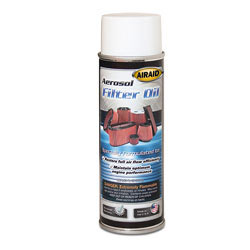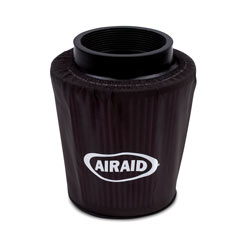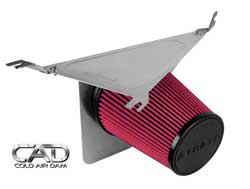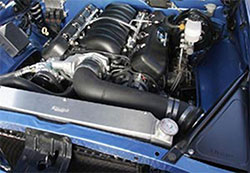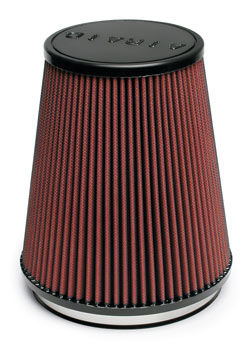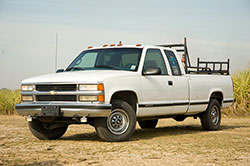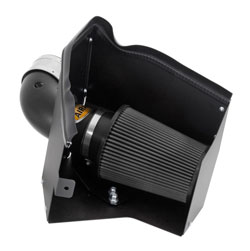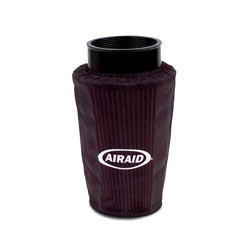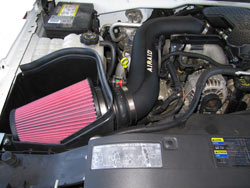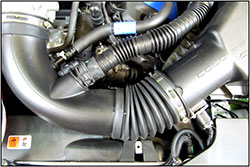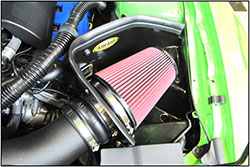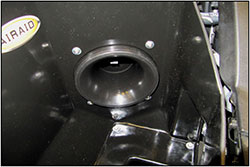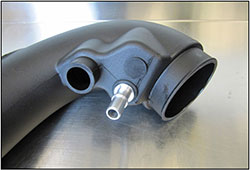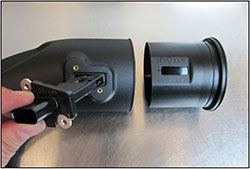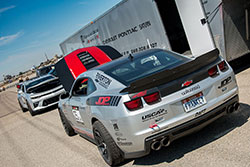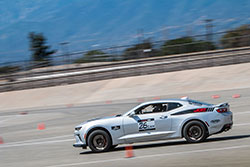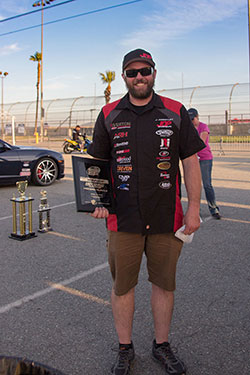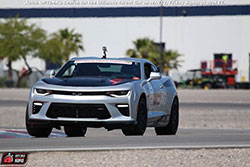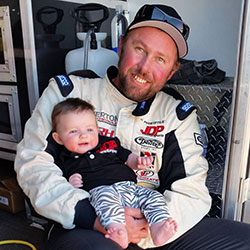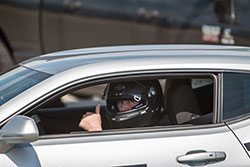AIRAID Track Day Air Filters Give You an Edge on the Competition
- May 27, 2016
Racers are always looking for an edge over the competition and are willing to do anything to get a leg up. For many forms of motorsports that means adding more power, and racers spend an exhaustive amount of time and money building high-performance engines that will outperform other competitors, all in an effort to get to the top spot on the podium. Smart racers also want to protect their significant engine investments from dirt, debris, and other contaminants with an air filter, but most are also worried that an air filter might restrict airflow and therefore hurt performance. AIRAID developed their track day line of filters specifically for racers who want to maintain some level of engine protection while ensuring maximum airflow. Racing engines have enormous airflow needs, and those needs are even more extreme with forced induction. Turbochargers and superchargers are both great ways to make power, but they also have internal components that are highly susceptible to damage from debris should it enter the intake tract. AIRAID track day filters like the 700-450TD were developed with racers in mind. All track day air filters feature the same quality construction as AIRAID filters intended for street use, including polyurethane casings that won't crack or warp over time, and a wire mesh screen for durability. Inside, track day filters include layers of cotton gauze to provide some filtration from dirt and contaminants while still maximizing airflow. To accomplish this, track day filters have fewer layers of filter media than normal performance filters intended for street use. This reduces restrictions, but it also means there is slightly less filtration than AIRAID's street filters. AIRAID track day filters are shipped dry, without any oil added, but they can be oiled by the user if desired to further enhance filtration.
Because the 700-450TD is intended for racing, AIRAID highly recommends that it and other track day filters only be used in dry controlled pavement track conditions, such as a road circuit, oval, or autocross track. The 700-450TD is compatible with many production AIRAID cold air intake systems, so many daily driver or weekend racers will simply swap their normal performance filter for a track day filter once they reach their racing venue, and swap it back for the drive home. Installation takes just a couple of minutes and is no different than putting on a set of slicks or lowering air pressure as part of track prep. The specs for the 700-450TD are as follows: While track day filters are recommended for controlled conditions where maintaining filtration is a priority, racers might also consider AIRAID race day filters. These are built with a wire mesh screen but without any filter media and are strictly intended to keep large debris (rocks, tire marbles, etc) out of the intake tract. Available race day filter sizes can be viewed on our universal air filters page. In addition to the 700-450TD, most other AIRAID performance filter sizes are available in track day variants, and all of them are backed by a 90-day warranty. To find an AIRAID track day filter for your application, simply visit our universal air filter page and compare the dimensions of your existing filter with the available track day options. Or, if you know the AIRAID part number for your existing filter, simply use our product search tool and enter the part number for your air filter and add a "TD" to the end. For example, a 700-470 filter is available in a track day version with part number 700-470TD. You can view more information at the AIRAID Track Day and Race Day air filters page. You can also learn more about AIRAID's filtration technology and the different types of drop-in replacement air filter, universal air filters, and custom air filter assemblies. |
|||
|
|||


